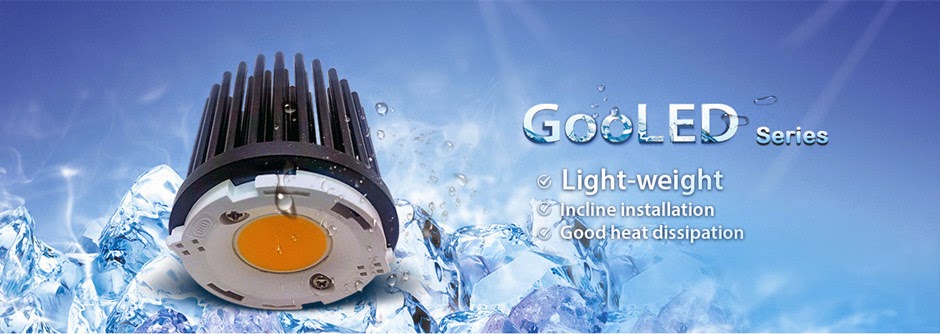When it comes to
electronic systems, heat sinks act as heat exchangers that help to cool a
device by transferring heat on to the medium surrounding it. Heat sinks are
also used in computers to cool the CPU, also known as the Central processing
unit. This technology is used is LEDs, also known as Light emitting diodes too.
Normally, heat sinks are used for any device with an insufficient capability of
dissipating heat.
Heat sinks are created to
maximize the device’s surface area and increase the contact of the cooling
medium that surrounds it. It is used in many devices nowadays and works
excellently with LEDs compared to other techniques. Among the different types
of heat sinks, Pin Fin heat sinks are gaining a lot of popularity among people.

A Pin Fin heat sink is a
normal heat sink, but it differs from other heat sinks as it consists of pins
that are extended from its base. These pins are in various shapes including
elliptical, cylindrical and square shapes. It is the most common heat sink
available in the market nowadays. Generally, a heat sink should work better
when it has a large surface area, but this is not true in all the cases. The
pin fin heat sink works on the concept of packing as much surface area as
possible into any particular volume.
One can also find
straight fin heat sinks, but Pin Fin heat sinks work better than them as the
fluid flows along the pins axially instead of flowing tangentially. The main
advantage with Pin fin heat sinks is that they perform in a better manner when
they are placed in a tilted position. Compared to other heat sinks, they show a
better performance. They are perfect for spot lights that are adjustable and
they can also be used for shop lighting and down lighting.
Apart from all this, Pin
fin heat sinks are considered as innovation with respect to heat sinks. These
are compact sinks that are fabricated with a huge number of pins that are
created to provide a lot of air. In addition, these heat sinks are designed and
structured geometrically to make them highly effective. They excel when they
dissipate the heat from electronic devices with a forced convection. The
materials used in any technique makes a huge difference and since these Pin fin
sinks are manufactured with the best quality of Aluminum, the process is
carried out effectively.
Aluminum possesses a high
level of thermal conductivity and it ensures a uniform and rapid distribution
of heat at the pin’s base. Pin fin heat sinks made using aluminum perform better
than other heat sinks though aluminum is actually light weight. It exhibits
better and uniform heat dissipation than other heat sinks, although they are
manufactured in the same size. There are numerous experiments conducted to test
the ability of pin fin heat sinks and they have been proven to dissipate even
heat when compared to other heat sinks. LED PinFin Heat Sinks can work on any electronic
device, but they are excellent when they are used with LEDs.
When selecting a heat
sink, it is necessary to classify the air flow as natural, low flow mixed, or high flow forced
convection. Natural convection occurs when there is no externally induced flow
and heat transfer relies solely on the free buoyant flow of air surrounding the
heat sink. Forced convection occurs when the flow of air is induced by
mechanical means, usually a fan or blower. There is no clear distinction on the
flow velocity that separates the mixed and forced flow regimes. For spot lighting
or track lighting, once the tilting angle designs over 50, the pin fin heat
sinks keeps on good heat dissipation than others. As there is no forced air
movement, the free air convection cooling is the main component of cooling in
this way. Then pin fin LED Cooler got
widely used in LED lighting.
Resource Box
If you are interested to
learn more LED Pin
Fin Heat Sinks, there is a lot of material
available online. Currently, an existing series of GooLED coolers on the shelf can be
found in the market.
Summary
This article discusses
pin fin heat sinks and their advantages compared to other heat sinks.

